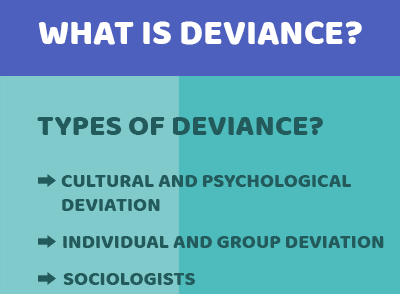Discuss the Dimensions of Role.
DIMENSIONS OF ROLE.
Since a role is a set of expectations, it, therefore, implies that one role cannot be defined without referring to another. There cannot be a parent without a child or an employer without an employee. Roles are a series of rights and obligations, that is, they represent reciprocal relations among individuals. All societies reveal a wide range of reciprocal relations.
Multiple Roles and Role Set: The several roles which a person plays is called multiple roles. While performing a role, a person is linked with many role others, which according to Merton, is his role-set. e.g. a student’s role is carried in relation to his ‘role-others’ i.e. teacher, classmates, principal, librarian etc,
Role Signs: Role signs indicate a particular role through some obvious indication. Thus costume, dress is a role sign. Uniform of an army officer, school dress, women and men’s dresses, each of these point out the roles. Basic role signs provide fundamental information about expected behaviour e.g. headgear, skirts, saree, trousers, wearing of rings etc. have particular significance. General roles are interdependent with other roles and- have relevance in a specific situation e.g. policemen uniform. Independent roles do not really require role signs as they have limited relevance outside a specific context e.g. badge of a particular office.
Role Changing: Changing one’s role is problematic as he needs to change his behaviour along with other people’s role towards him. Social roles as already stated, are in accordance with the social values, ideals, patterns, etc. These ideals, values and. objects change and so the concept of the role also changes. The role which is justified at a particular time may not be justified at some other time. For example, marriage by a young woman to a man of her choice may be justifiable today but 20 years earlier it was not justified.
Role Conflict and Strain: Role conflict is the incompatibility among roles corresponding to one or more status. It occurs when contrary expectations arise” from two or more roles. A common example is that of the middle class working woman who has to juggle her role as mother and wife at home and that of a professional at work. It is a common place assumption that men do not face role conflict.
Role conflict is used in various senses:
When a person finds he or she is playing two or more roles at one time that make incompatible demands.
When a person defines his or her role in one way while those in related roles define it differently.
When related roles have incompatible expectations of the focal role, also the freedom of individuals to role-making is now seen to vary according to the type of position they occupy. Role conflict is the incompatibility among roles corresponding to one or more status. It occurs when contrary expectations arise from two or more roles. A common example is that of the middle class working woman who has to juggle her role as mother and wife at home and that of a professional at work. It is a common place assumption that men do not face role conflict. Sociology being both an empirical and comparative discipline suggests otherwise.
Individuals may be exposed to incompatible expectations-role conflict. Conflict arises either because role partners have contradictory expectations or because those of one partner are unwelcome to other. The main sources of role conflict are as follows:
Individuals may be confronted with the expectations of roles that they find incompatible with certain of their personality characteristics.
Individuals may be confronted with conflicting expectations stemming from their simultaneous assumptions of two or more roles.
Individuals may be confronted with conflicting expectations deriving from their relationships with people who are identified with other roles in their role-sets.
Individuals may be confronted with conflicting expectations associated with contradictory definitions of the appropriate responses demanded by a role.
Individuals may be confronted with conflicting expectations stemming from lack of inter-role consensus.
The actor tends to act so as to alleviate role strain arising from role contradiction, role conflict, and role inadequacy and to heighten the gratification of high role adequacy. Role strain comes largely from failure of many processes, so as to leave unclear, incomplete and contradictory elements in a role. This may come about through failure of role cues, gross lack of role consensus and so forth. This concept was given by William J. Goode.



